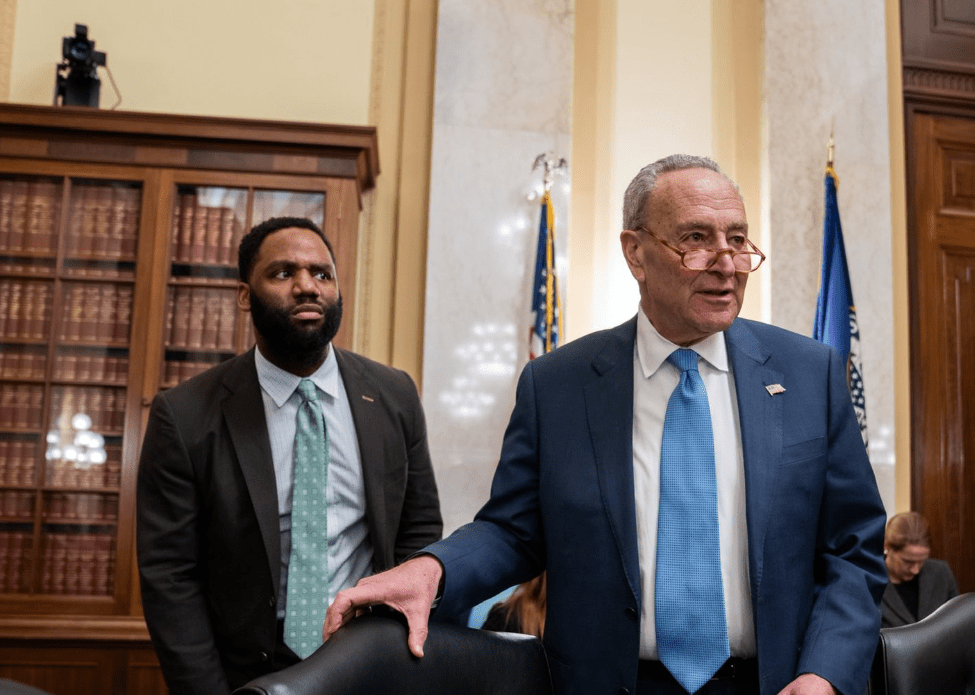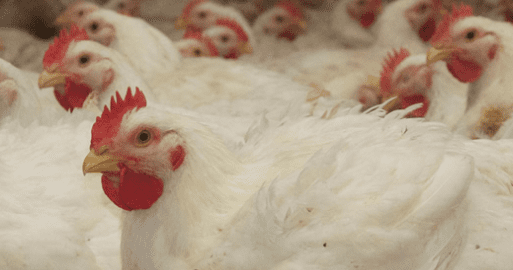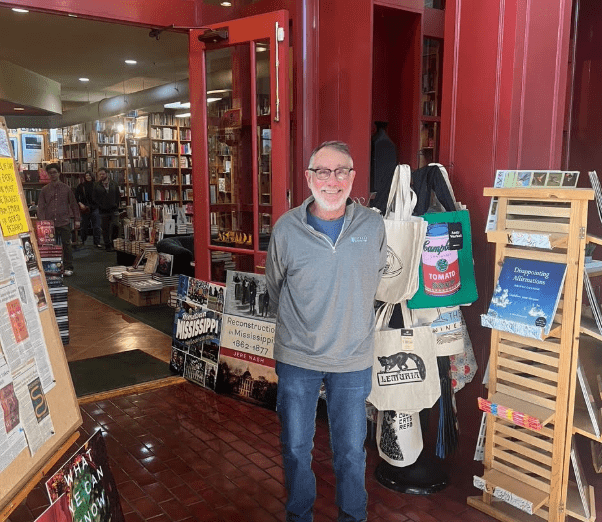
The April unemployment report shows that job opportunities remain at historic highs across the country. In fact, the report came in better than expected at a 3.4% unemployment rate, exceeding expectations for the resilience and strength of the labor market.
In this environment, no work-capable person should be without a job. But the sad reality is that the very safety net system created to help people who are struggling is the same one contributing to keeping them mired in generational poverty. I’m talking about America’s social-safety net system.
As it stands, our nation’s welfare system is a fragmented hodgepodge of programs. The dozens of programs that make up “the system” have different and, at times, competing goals, inconsistent rules, and overlapping groups of recipients.
The complicated nature of welfare is more than a nuisance. For recipients, it’s a detrimental barrier to advancing to a better life. The scenario in signing up for welfare benefits is confusing at best. Even if people do find the right office, they must resubmit the same information multiple times, and often eligibility is determined by conflicting rules. Would-be recipients may end up with multiple plans and multiple caseworkers.
Ultimately, every hour someone spends navigating the safety-net system is an hour they aren’t spending looking for ways to escape it.
Adding to the confusion, there is often a disconnect between safety-net programs and welfare-to-work initiatives. This keeps people stuck in poverty. The safety net is essential for catching those who are falling, but it isn’t a destination. Although this truth is often politicized and used to advance a certain agenda, the vast majority of Americans recognize that work is the best way to escape poverty. It should be our goal to remove every barrier to a life of thriving, and that includes obstacles to work.
The path into poverty is deeply individual, and so reforms are needed for a more holistic approach. Streamlining the safety-net process is mandatory to avoid conflicting rules and inconsistent treatment of people between programs. A big part of this is consolidating and combining programs that serve the same families. For individuals, this will eliminate the need to go to multiple agencies for help. It will also mean that welfare recipients will be connected straight to work programs, setting a foundation to free them from generational poverty.
Is there an example of success in this arena? Thankfully, the answer is a resounding yes. We should look to Utah as an example of a state in the nation that is leading the way.
Utah’s “one door” policy has integrated human services with workforce services and provides citizens with a single program to work through. Welfare becomes work support, and people have a clear path to get the help they need while receiving education, training, and other support to find employment. On the fiscal front, the state also integrates federal and state funds using a unique cost model that has proven highly effective.
With the one door model, a person looking for assistance is connected to a single point of contact, whose job is to help that person find the services and support they need to get back on their feet. This point of contact is an advocate and ally who will help the recipient achieve their goals.
This one door model has been working in Utah since 1997. It has helped people like Amber, a widow and single mother whose husband passed away suddenly from stage 4 cancer. Utah’s Workforce Services helped Amber complete her degree in social work at Utah Valley University, becoming the first person in her family to complete post-secondary education.
Utah’s approach also helps ex-offenders — who account for 600,000 people nationally released from prison each year — connect to work, a key metric to ensure they don’t end up behind prison walls again. Robin is another example. She has felony charges on her record and is required to attend court regularly. After completing an assessment with an employment counselor, Robin decided to attend Tooele Technical College in the heavy duty diesel technician program. She received a scholarship from a local company and has already received a job offer in her chosen field. The one-door model makes stories like Amber’s and Robin’s the norm in our safety-net system instead of the outliers.
Utah’s approach is worth replicating in other states, but the federal government needs to get on board. As it stands, the federal Workforce Innovation and Opportunity Act (WIOA) is a barrier to states integrating systems like Utah did because it makes it difficult for states to integrate workforce programs into the holistic system. We need Congress to expand the one-door option for all states in the next WIOA authorization.
At that point, it’s up to individual state leaders to get onboard and work to consolidate welfare programs and integrate them with workforce-readiness initiatives. States like Texas, Georgia, and Louisiana are looking to implement these types of policies.
Reforming the system isn’t about making government more efficient, but about removing barriers to a thriving life for all people.
This article was originally published by RealClearPolicy.






